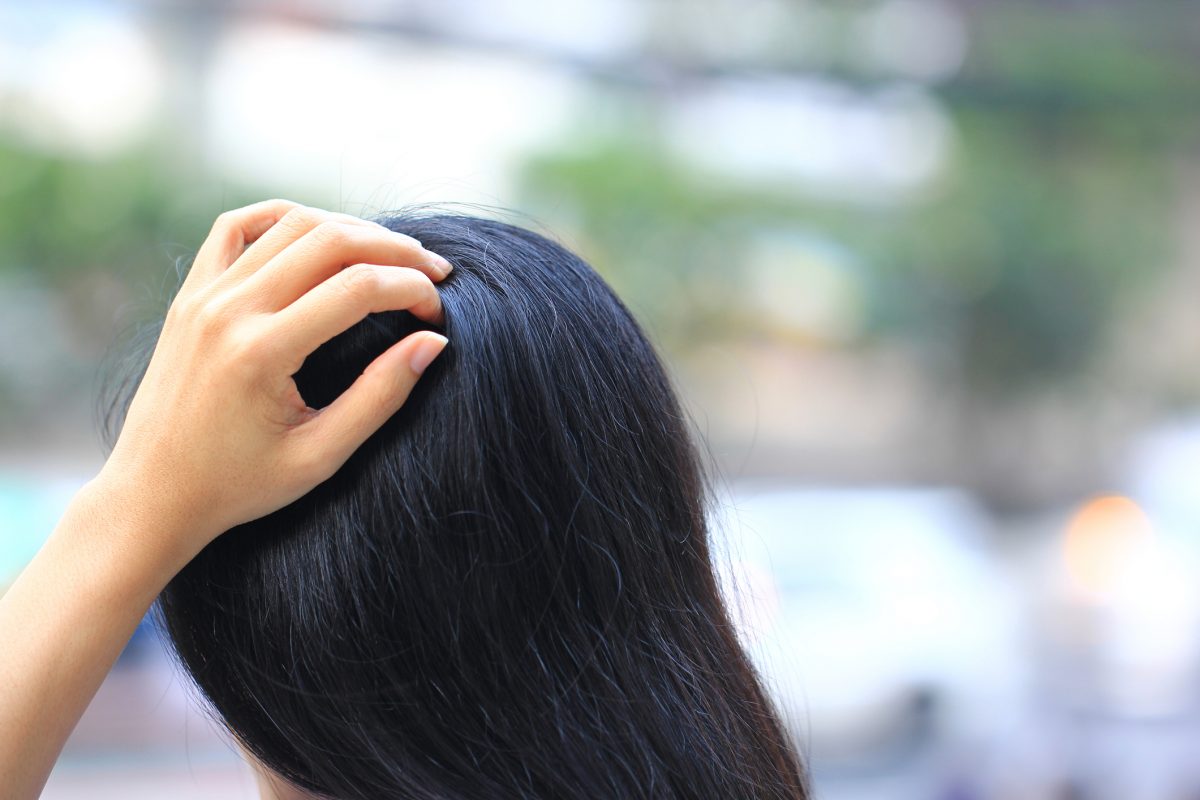For most people, shedding hair is a perfectly natural (if annoying) part of life. However there are red flags to look out for, and actions you can take if you’re seeing an increase of hair in your drain or on your hairbrush.
What’s a normal amount of hair to lose per day?
It’s normal to shed 50-100 hairs per day.
Since most people have around 100,000 hair follicles, losing this amount won’t make a noticeable difference. Every hair on your head is somewhere between 2-5 years old, and each follicle grows and dies in phases.
People with longer hair may notice hair shedding more than people with short hair because the strands are more visible in the sink or on a brush. Women tend to lose more hair strands than men, and 40% of women lose extra hair because of the way they style their hair.
Is hair loss different from hair shedding?
Yes. Hair loss occurs when the hair stops growing altogether. Common causes include heredity, drugs or treatments for illness (chemotherapy), hairstyles that pull on the hair and harsh hair care products. If you have hair loss, your hair won’t grow until the cause is dealt with.
What are the causes of excessive hair shedding?
Hair shedding, on the other hand, is often related to stress or significant life events, which essentially speed up the life cycle of your strands of hair.
These stressful events can include:
- Losing 20+ pounds
- Changing your diet
- Traumatic life events such as getting divorced, losing a job or the death of a loved one
- Having an illness that causes a high fever
- Undergoing an operation
- Stopping your birth control
- Menopause
- Having a baby
For new moms in particular, there is typically a spike in hair shedding that lasts from 2-4 months postpartum. Within 6-9 months, hair should regain its normal fullness.
There are other causes that stem from health or lifestyle issues that you may be able to change, or at least identify:
- Medications (antidepressants, beta-blockers, anti-inflammatory drugs)
- Thyroid problems
- Hormonal imbalance
- Iron or B12 deficiency
If you think your hair shedding may be caused by any of the above, your doctor can test you and diagnose you.
How long does it take for hair shedding caused by stress to appear?
While it seems like a long time to us, hair shedding caused by stress often happens up to two months after a stressful event, so by the time you see the shedding, the event has typically run its course. If, however, you remain under the same stress you were under two months prior, your shedding may not cease. People who are constantly stressed tend to constantly shed.
What can you do about excessive hair shedding?
- If you think it’s medication-based, talk to your doctor about lowering your dosage or switching drugs.
- If you think it’s stress-related, make an effort to reduce anxiety or seek help.
- If you don’t know why it’s happening, see your doctor or a dermatologist.
Get more information about specific health terms, topics and conditions to better manage your health on bcbst.com. BlueCross BlueShield of Tennessee members can access wellness-related discounts on fitness products, gym memberships, healthy eating and more through Blue365®. BCBST members can also find tools and resources to help improve health and well-being by logging into BlueAccess and going to the Managing Your Health tab.



WellTuned provides inspiration and practical advice for healthy living.
WellTuned does not offer medical advice. Any personal health questions should be addressed to your doctor.